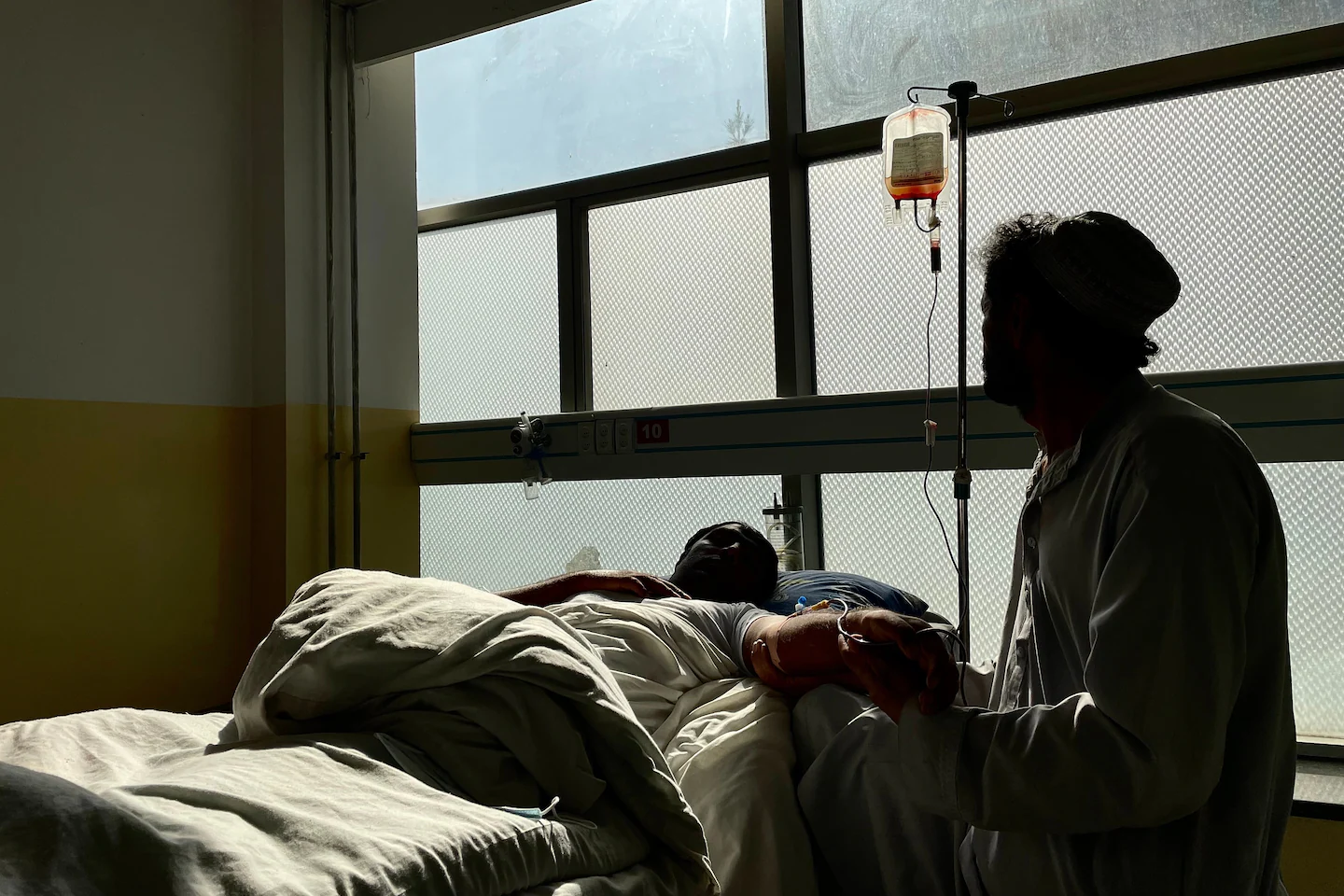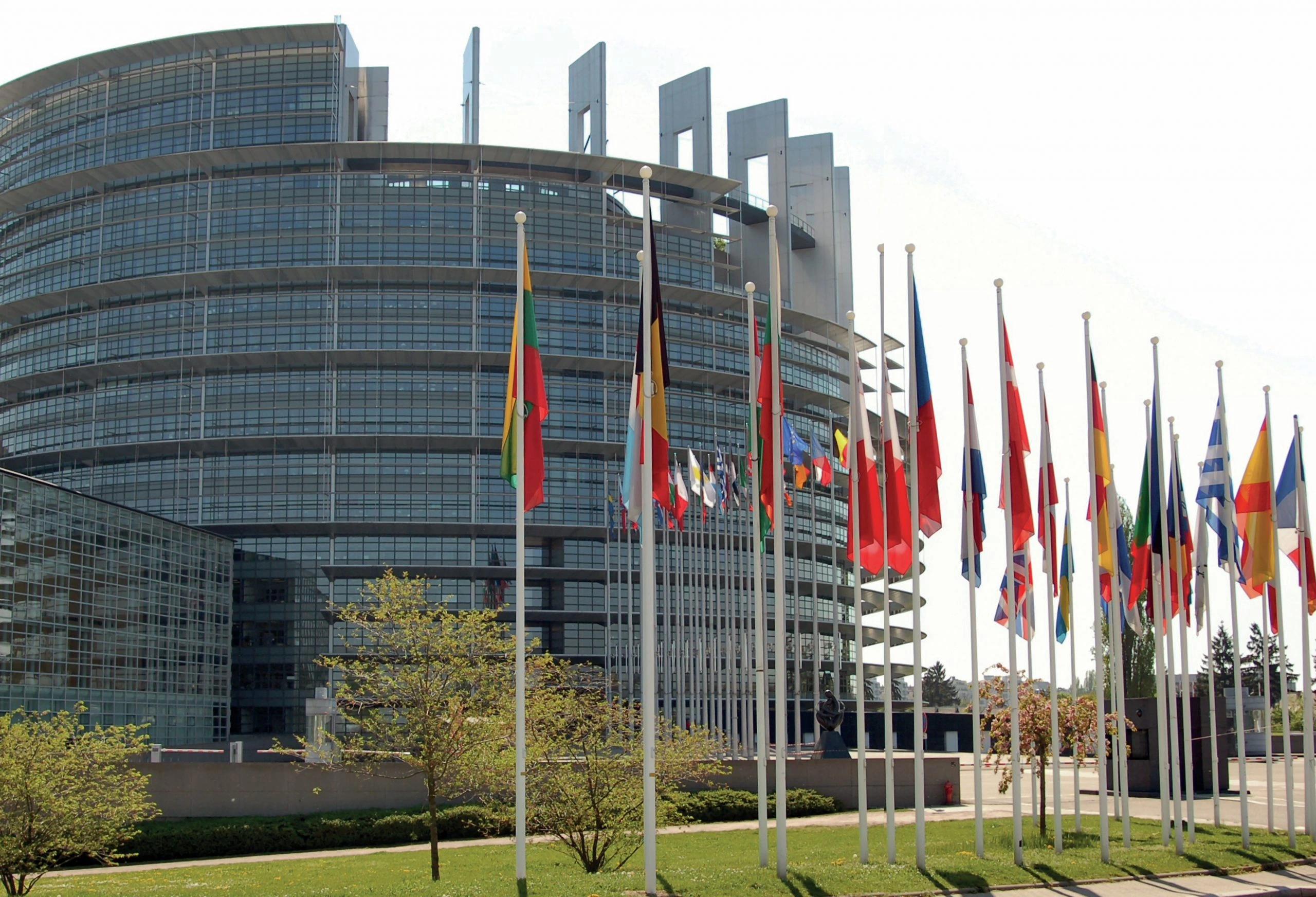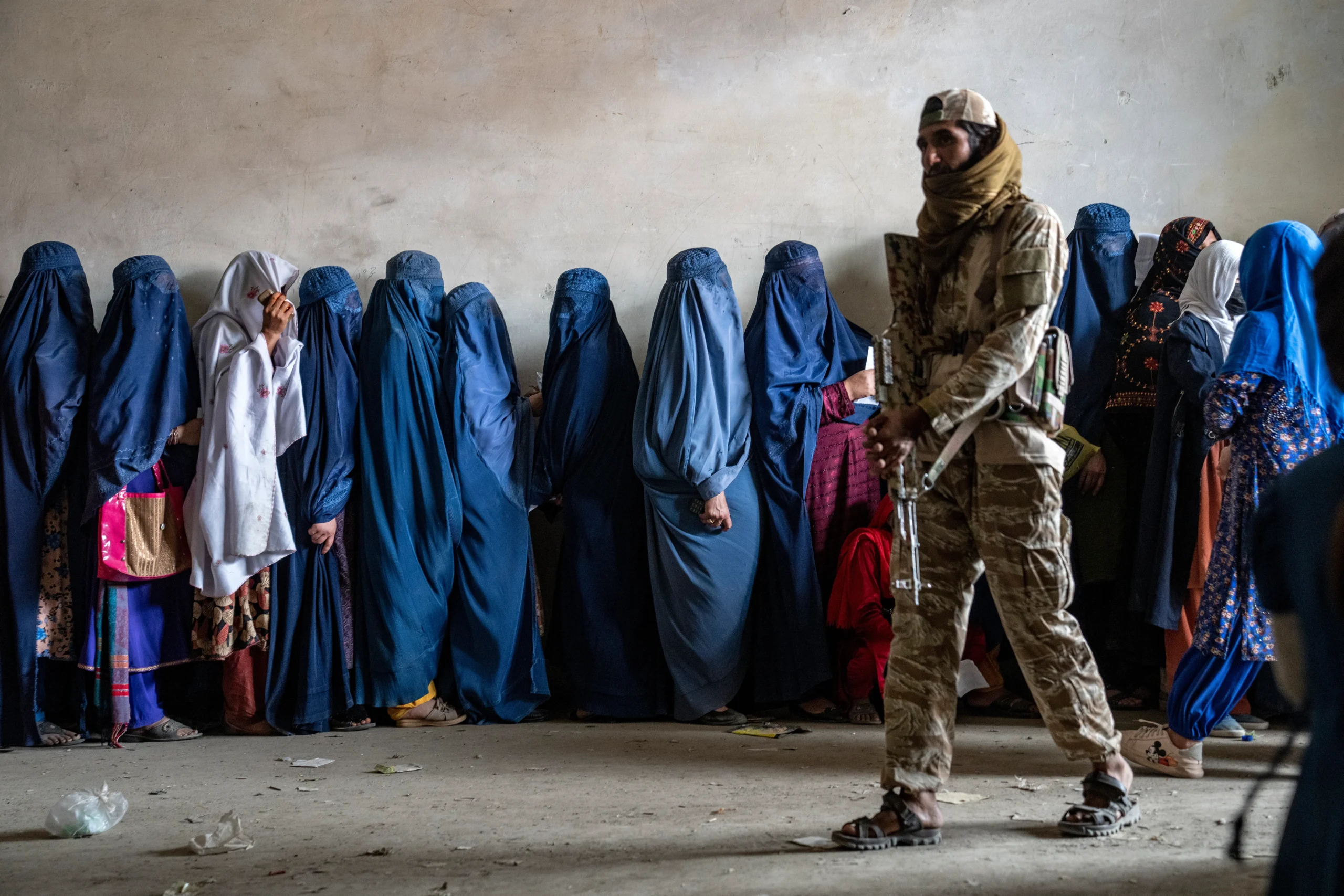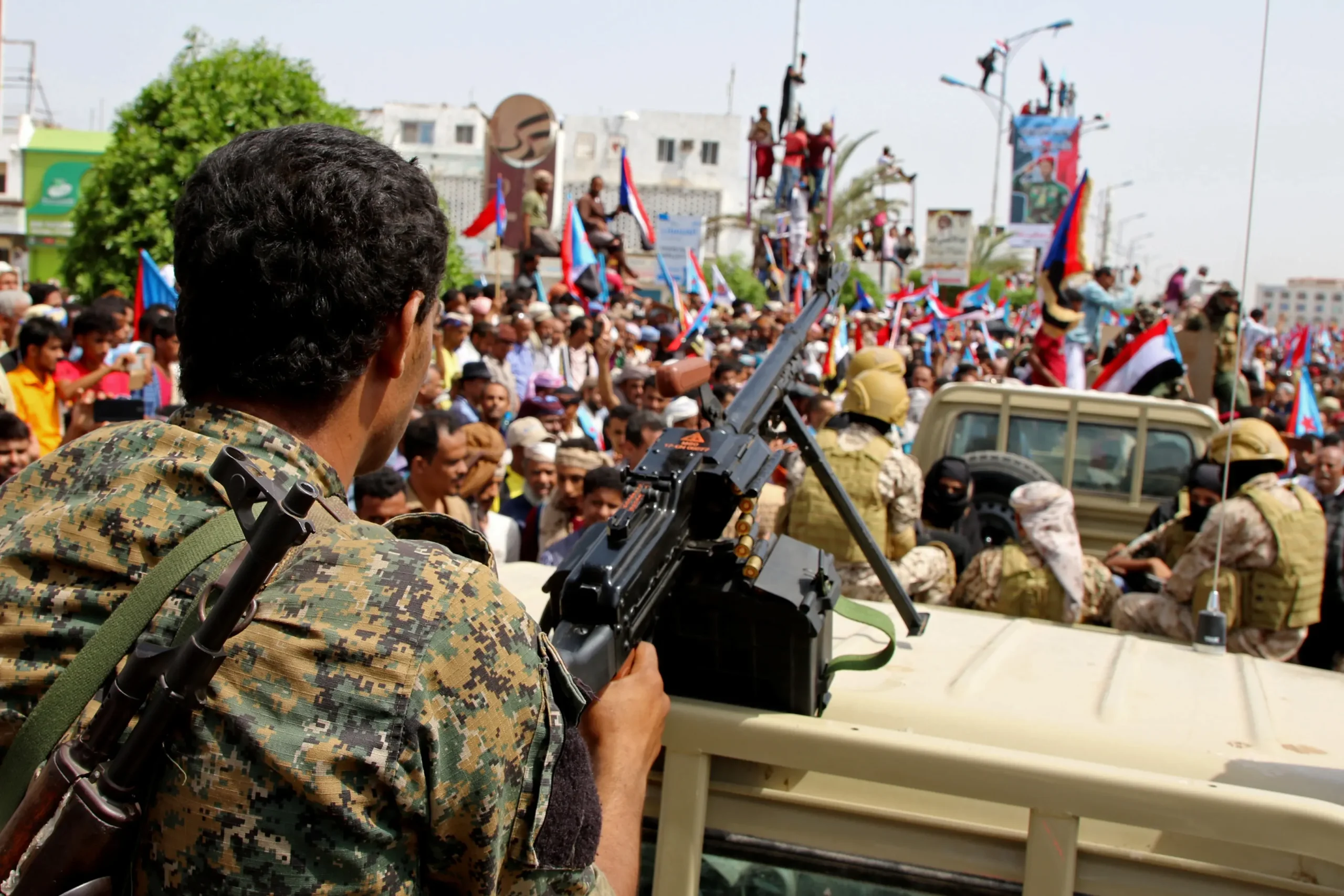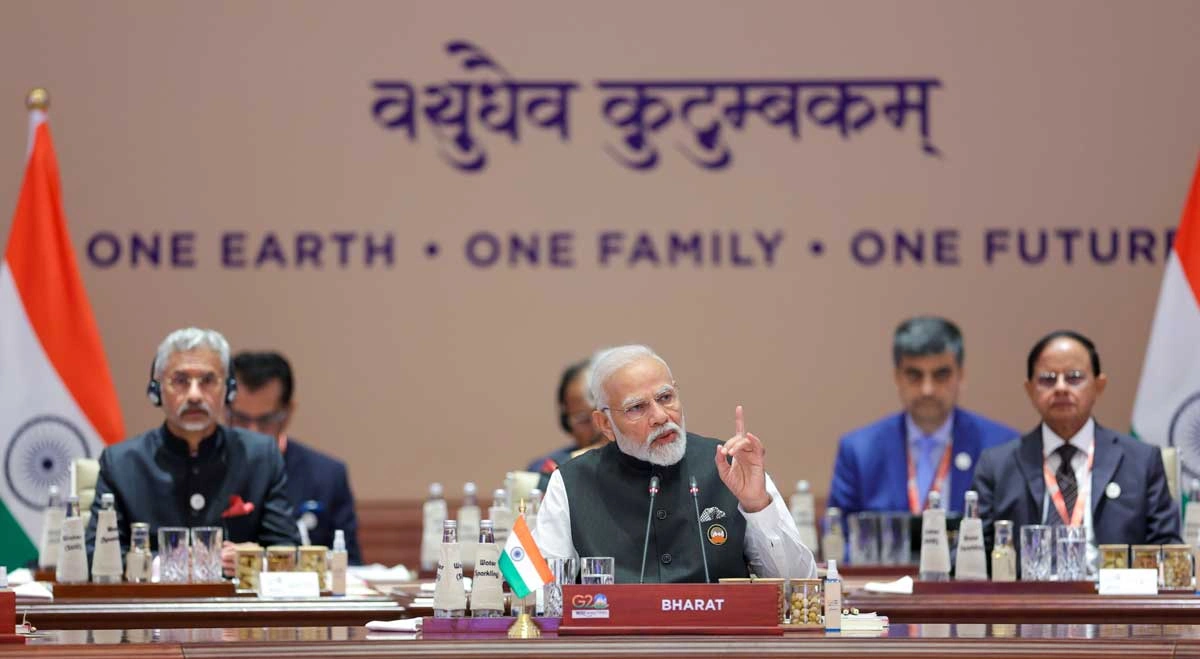Manipur, India – The Kuki-Zo Council (KZC) has officially lifted its indefinite shutdown in the hill areas of Manipur as of 7:30 PM on March 13, 2025. The decision follows the funeral of Lalgouthang Singsit, a 26-year-old who died during clashes between security forces and Kuki-Zo protesters in Kangpokpi district on March 8.
A Region on Edge
The shutdown, which had paralyzed movement in the hill areas for days, was initiated after violent confrontations erupted between protesters and security forces. On March 8, demonstrators attempted to block a bus traveling from Imphal through Kuki-Zo areas, leading to a confrontation that resulted in Singsit’s death and left more than 40 injured.
Despite lifting the shutdown, the KZC remains firmly opposed to the Indian government’s plan to implement free movement between the valley and hill regions—a policy announced by Union Home Minister Amit Shah.
Transportation Disruptions and Economic Strain
The Manipur shutdown significantly affected transportation and the supply chain, with hundreds of trucks stranded on key highways. Businesses in the region struggled as the movement of essential goods was disrupted. With the blockade lifted, vehicles are expected to resume operations, providing much-needed relief to residents and traders.
Long-Standing Ethnic Tensions
Ethnic strife between the Meitei and Kuki-Zo communities has persisted for months, leading to deadly violence and mass displacement. Since May 2023, over 250 people have been killed, and approximately 60,000 have been forced to flee their homes due to escalating hostilities, according to Reuters.
Authorities have imposed curfews and security measures to contain the unrest, but the situation remains volatile.
Internet Blackouts and Media Restrictions
One of the most controversial aspects of the government’s response has been repeated internet shutdowns in Manipur. From May to December 2023, the state underwent a 212-day blackout—the longest internet suspension globally that year, according to Rest of World.
The suspension of digital communication has severely impacted access to information, education, and business operations. In November 2024, the government extended internet bans in seven districts following renewed violence. Meanwhile, reports suggest that unlicensed satellite internet devices, such as Elon Musk’s Starlink, have been smuggled into Manipur to circumvent restrictions, raising security concerns.
Also See: Fear, Censorship, and Repression: The Cost of Speaking Up in India Today
Government’s Response and Rising Security Concerns
The security situation remains fragile, with the circulation of thousands of looted government rifles in the region. Reports indicate that armed groups have gained access to these weapons, further complicating law enforcement efforts.
While the shutdown’s end is expected to restore some normalcy, tensions remain high. Civil society groups and political leaders continue to call for dialogue and intervention to prevent further violence.
Looking Ahead
As Manipur grapples with deep-rooted ethnic divisions, concerns over security, governance, and justice persist. The lifting of the Kuki-Zo Council’s shutdown is a step toward stability, but without meaningful conflict resolution efforts, the region’s unrest is far from over.


